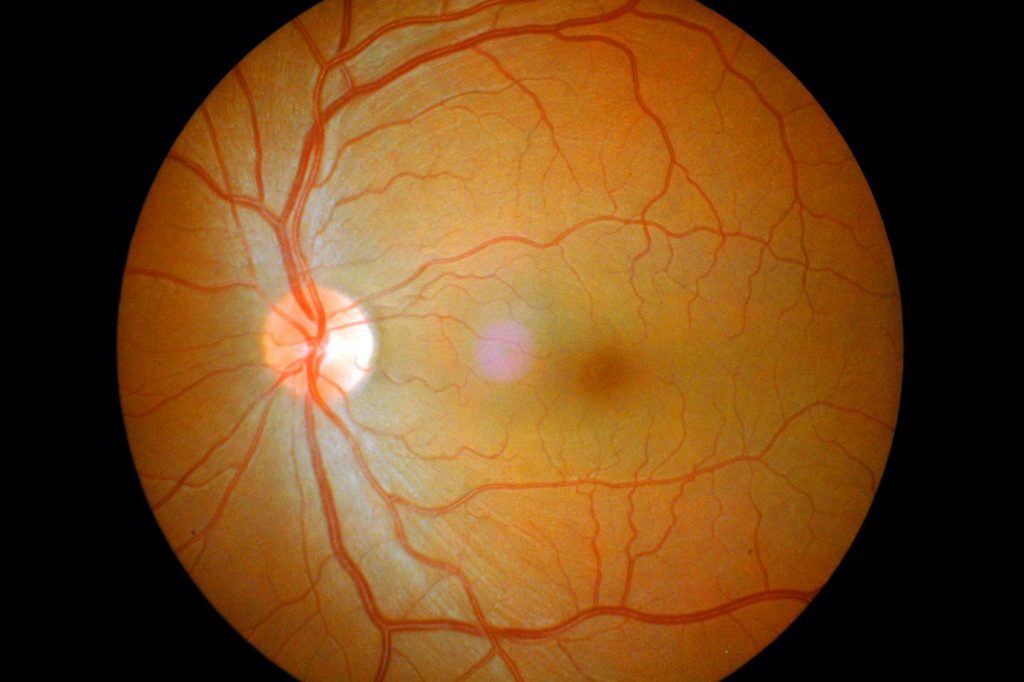This article was originally published at Basler's website. It is reprinted here with the permission of Basler.
Almost everyone associates the concept of color with very personal experiences. The fact that our eyes can distinguish millions of color shades has brought us many advantages in the course of evolution – after all, thanks to our color vision, we can safely distinguish food from harmful or spoiled substances. This is why many image processing applications in which the human eye will make the final interpretation are designed to optimize color reproduction specifically for humans.
What is color?
Electromagnetic waves with wavelengths between 380 nm and 780 nm are responsible for the creation of color impressions in humans. Although waves beyond this range are invisible to the human eye, they can be detected by special technical devices. Our eyes perceive the range that is visible to us with receptors that have three different color sensitivities. Our brain processes their signals into a color impression.

Visible color spectrum by use of a prisma
Monochrome images are often enough

Even colored candy can be distinguished with a monochrome camera
Creating color information with a color camera is far from trivial: In its simplest form, a regular color camera requires the information from 2×2 pixels to calculate the color value of a pixel from a so-called Bayer pattern – the so-called 2×2 debayering. Since this is an interpolation, the results for a 2×2 matrix are relatively poor. A 3×3 or higher matrix is used more often. A monochrome camera gets its information about each pixel in a much more linear fashion, namely 1:1 from its pixel array.
But the human eye is designed as a universal tool. We don’t always need our ability to see colors; often the information provided by only the brightness values of the perceived objects is enough. It’s very similar with image processing.
In many cases the effort of a color depiction with a color camera is unnecessary and the technical difficulties associated with it can be avoided after a careful analysis of the application requirements.
Many applications can dispense entirely with color information in the image processing chain. In others, a type of selective color information can be created with colored lighting or color filtering and a monochrome camera; for example, green areas on red objects appear black when the light used was red.
The topic of color is increasingly important
Nonetheless, there is a growing demand for color cameras. This strong interest can be explained by new applications in which images are no longer used solely for computer-based analysis, but rather where the images must also be at a quality acceptable to the human eye. Furthermore, the additional color information in an image opens up more and more extensive and versatile possibilities for image processing and analysis.
Application areas for color cameras

Example of an inspection task (print inspection), where a color camera is required.
The area of print inspection is an example of industrial color image processing. Thanks to high tech, print inspection is now an automated process. Ingenious, camera-based inspection systems inspect e.g. labels and packaging. Controlling the color rendering is a particularly important task – for example when inspecting food packaging on which the foods must appear “crispy” and “fresh” to consumers, to increase the buying incentive.
Inspection systems to check colors rely on an optimized, standardized depiction of colors as this is the only way to ensure that various devices and systems produce identical results when presented with the same color data. The “customer” and measure of all things is the human: in the printing industry, for example, a human eye performs the final printed image control on the monitor. Our vision organ is so sensitive towards the slightest deviations that the monitor’s color rendering must be as realistic as possible to avoid mistakes.
This is just one of many possible applications where high color precision is a key factor.

Ophthalmology thanks to color (image of a retina)
Summary
Color is an important information medium and can be used in numerous applications to handle inspection tasks during image processing. But the human brain has enormous abilities to process color images, which often means that we underestimate how difficult it is to perform correct image processing of color images. Fortunately, many applications only require a monochrome camera. For the other cases that actually require a color camera, there are useful functions in many color cameras that help handle and process color images without creating higher loads on the processor.


